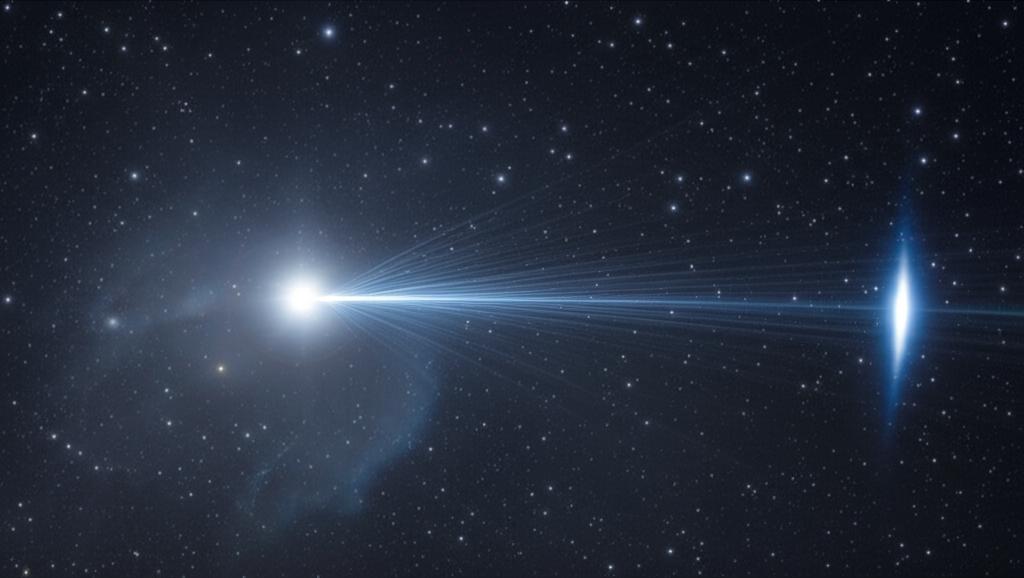Understanding how light behaves when speeds approach the speed of light itself involves Einstein's theory of special relativity. While the theoretical predictions have been known for over a century, experimental verification remains a cornerstone of physics, confirming these often counter-intuitive ideas about space, time, and light. Several key optical phenomena predicted by relativity have been rigorously tested and confirmed through various experiments.
One of the most fundamental effects is the Relativistic Doppler Effect. Unlike the classical Doppler effect we experience with sound, the relativistic version incorporates time dilation – the slowing down of time for moving objects relative to a stationary observer. This means the frequency (and color) of light changes not only based on whether the source is moving towards or away from the observer but also due to the time dilation effect associated with its relative speed. A crucial test, the Ives–Stilwell experiment, first performed in 1938 and repeated with increasing precision using particle accelerators and sensitive spectroscopy, directly confirmed this frequency shift, including the transverse Doppler effect (a shift even when the source moves perpendicular to the line of sight), which is a direct consequence of time dilation and has no classical counterpart. Modern versions use fast-moving ions or atoms and precision lasers to verify the relativistic formula to remarkable accuracy.
Another key phenomenon is the Aberration of Light. This refers to the apparent change in the direction of incoming light due to the observer's motion. While classical aberration was observed centuries ago, special relativity provides a more accurate formula, especially at high velocities. Relativistic aberration effects are crucial in astronomical observations, particularly in fields like Very Long Baseline Interferometry (VLBI), where tiny angular shifts of distant objects like quasars are measured. These observations consistently match the predictions of relativistic aberration, accounting for the Earth's motion.
Furthermore, the constancy of the speed of light in vacuum for all inertial observers, a core postulate of special relativity, underpins these optical effects. Experiments like the Michelson-Morley experiment and its modern, highly sensitive successors (using optical resonators, for example) have searched for any variation in the speed of light depending on direction or observer velocity. Null results in these experiments provide strong support for this postulate, which is essential for the validity of the relativistic Doppler and aberration formulae.
Precision measurements involving atomic clocks also indirectly verify relativistic optical effects. The Global Positioning System (GPS), for instance, must account for both special relativistic effects (time dilation due to satellite speed) and general relativistic effects (time dilation due to gravity) to maintain accuracy. These corrections affect the timing of signals (which travel at the speed of light) and the frequency standards used, providing daily, real-world verification of relativistic principles impacting electromagnetic wave propagation.
In summary, experimental physics has provided overwhelming evidence supporting the relativistic description of optical phenomena. From laboratory experiments measuring frequency shifts of light from fast ions to astronomical observations of distant stars and the practical implementation of technologies like GPS, the predictions of special relativity regarding the behavior of light have been consistently validated, deepening our understanding of the fundamental workings of the universe at high speeds. Ongoing research continues to push the boundaries of precision, further testing the limits of Einstein's theories.

